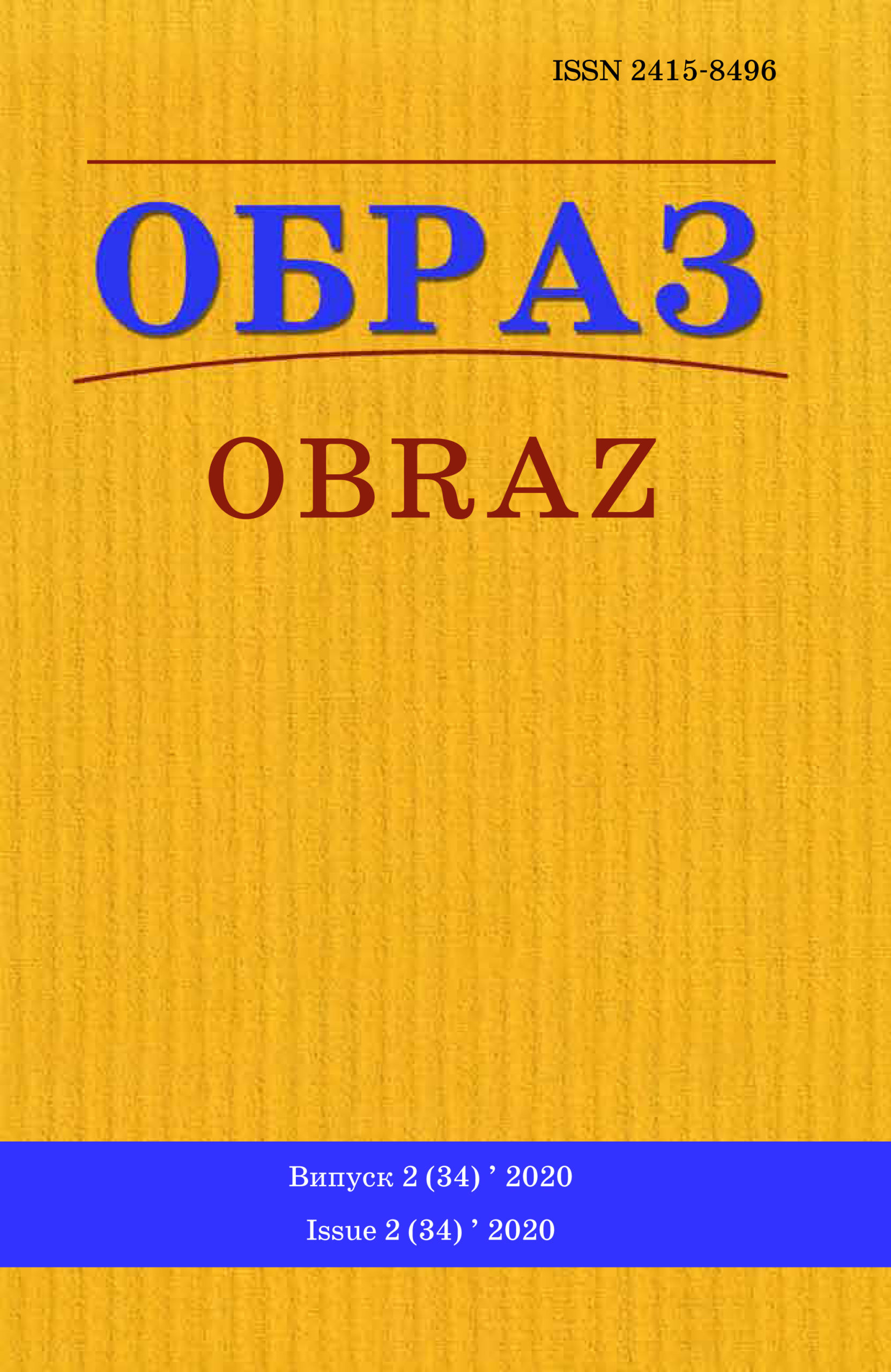Abstract
Introduction. The COVID-19 pandemic has changed the world in a few months, therefore, in our opinion, it is important to consider the features of the representation of the coronavirus topic in Ukrainian online media, as in one of the most operational and massive types of modern mass media. Relevance and purpose. The purpose of the study is to determine the features of the representation of the COVID-19 pandemic in Ukrainian online media. The relevance is due to the need to identify the factors influencing the COVID-19 pandemic on the state of the national information space. Methodology. The main method used in the article is content analysis. The descriptive method allowed selecting units of analysis and classifying them for analysis. The systematic approach that allowed us to identify trends concerning the peculiarities of the content of online media. Results. As a result of the study is established that the topic of COVID-19 is a priority for Ukrainian online media. This is evidenced by the various methods of attracting attention to this by those on the main pages of the sites of the Ukrainian Internet media. In particular, this is the introduction of the relevant sections, subsections and headings. A significant portion of the online media has a home page for the country’s coronavirus «counter». Means of attracting attention are the use of large letters or letters of a different color, placing announcements on colored plates, underlining text, etc. Also, the features of the formation of the style of headings of materials of the Ukrainian Internet media, dedicated to the COVID-19 pandemic, were determined. In particular, it is the presence of elements of the socalled «sports» style, the key elements of which in the titles of publications are the words «record» and «anti-record». Ukrainian online media actively use these antonymic words to report an increase in the number of COVID-19 diseases. Conclusions. As a result of our research, we found out the ways of presenting the COVID-19 topic on the main pages of the websites of the leading Ukrainian Internet media. Also, the features of the formation of the style of headings of materials of Ukrainian online media devoted to the COVID-19 pandemic were determined. Accordingly, the novelty and practical significance of the results are important for identifying the factors influencing the pandemic on the state of the national information space.
References
1. Batyrhareyeva, V. S. (2020), The main directions of counteracting the spread of misinformation (on the example of the COVID-19 pandemic), Informatsiya i pravo, Vol. 2, no. 33, pp. 121–131.
2. Pysarenko, L. M. (2020), Coverage of the pandemic of the coronavirus COVID-19 in the Odessa media, Proceedings of the International. scientific-practical conf. «Legal life of modern Ukraine», Odessa, May 15, 2020, Odessa, Vol. 1, pp. 442–445.
3. Ponomarenko, L. H. (2020), Mass media reality: a look at the times of the coronavirus pandemic, Proceedings of the II All-Ukrainian scientific-practical. сonf. «Actual problems of media space», Kyiv, April 9, 2020. Kyiv, pp. 78–83.
4. Suprun, U. (2020), What is wrong with the use of the word «anti-record», Ulyana Suprun’s blog, 20.08.2020. available at: https://suprun.doctor/koronavirus/shho-ne-tak-z-vizhavnnyamslova-antirekord.html (accessed: 02.11.2020).
5. Gao, J., Zheng, P., Jia, Y., Chen, H., Mao, Y., Chen, S. & Dai, J. (2020), Mental health problems and social media exposure during COVID-19 outbreak, Plos one, Vol. 15, no. 4, pp. 23– 24.
6. González-Padilla D. A., Tortolero-Blanco L. Social media influence in the COVID-19 Pandemic. International braz j urol. 2020. Vol. 46. P. 120–124.
7. Martel C., Pennycook G., Rand D. G. Reliance on emotion promotes belief in fake news. Cognitive research: principles and implications. 2020. Vol. 5, No. 1. P. 1–20.
8. O’Glasser A. Y., Jaffe R. C., Brooks M. To tweet or not to tweet, that is the question. In Seminars in Nephrology. 2020. Vol. 40, No. 3. P. 249–263.
9. Pennycook G., McPhetres J., Zhang Y., Lu J. G., Rand D. G. Fighting COVID-19 misinformation on social media: Experimental evidence for a scalable accuracy-nudge intervention. Psychological science. 2020. Vol. 31, No. 7. P. 770–780.
10. Tasnim S., Hossain M. M., Mazumder H. Impact of rumors and misinformation on COVID-19 in social media. Journal of preventive medicine and public health. 2020. Vol. 53, No. 3. P. 171–174.

This work is licensed under a Creative Commons Attribution 4.0 International License.

